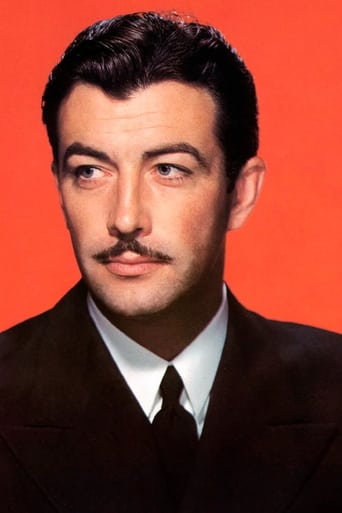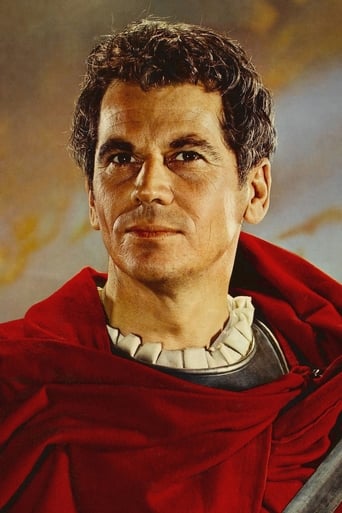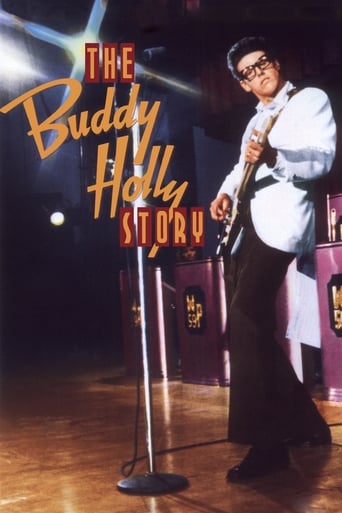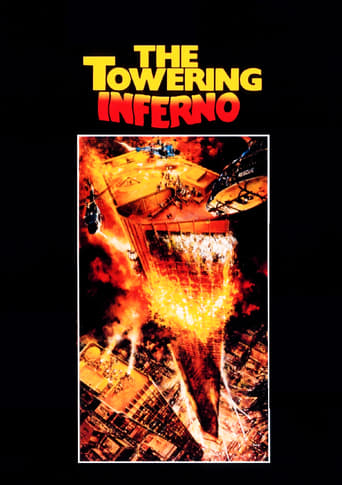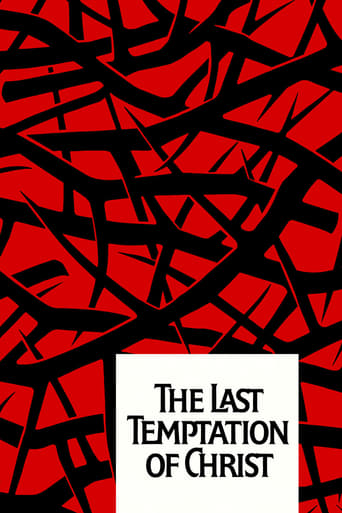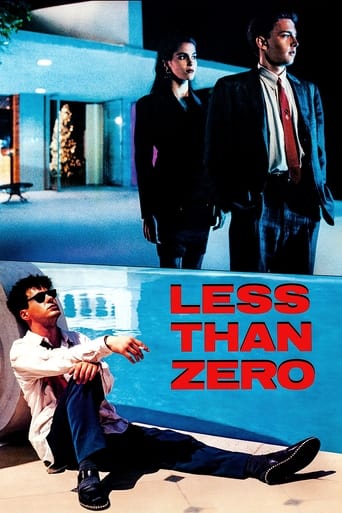
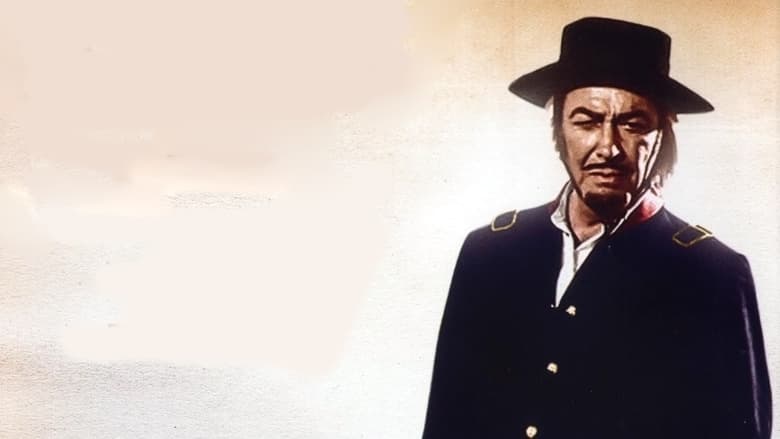
Savage Pampas (1967)
An army captain in Argentina learns why his lonely men are deserting to an outlaw's gaucho gang.
Watch Trailer
Cast
Similar titles
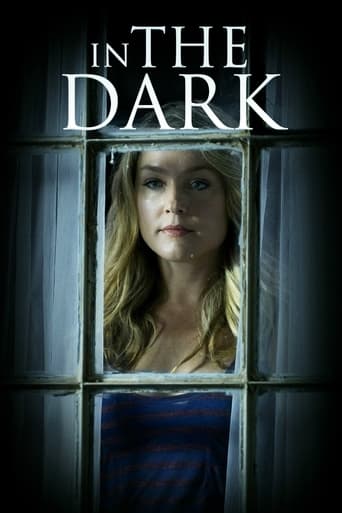
Reviews
Waste of time
Sorry, this movie sucks
Sick Product of a Sick System
Great story, amazing characters, superb action, enthralling cinematography. Yes, this is something I am glad I spent money on.
An Argentinian Western and Taylor's oddest film, Savage Pampas is a remake of the 1946 Argentinian film Pampa Barbera. Taylor is the guardian of a wagon train of women heading for a lonely outpost in the interior in 1870. The plot is reminiscent of his Westward the Women (1952) with the difference that this time the women are prostitutes, intended to be morale boosters to stop the men of the outpost from deserting. Shot by Hollywood veteran Fregonese who co-scripted it with a strong emphasis on realism, the film got lost in the flood of Spaghetti Westerns.Phil Hardy
I'm familiar with only 2 English language films that deal with the cultural conflicts of the late 19th century pampas regions of Argentina, which were at least as horrific as those on the US plains during the same period. I recently reviewed "Way of the Gaucho", released in '52, and filmed entirely in various regions of Argentina, including the Andes, in Technicolor. The present film was released later and filmed mainly in Spain, in terrain that somewhat resembles the drier pampas, and is about 25 min longer, nearing 2 hours. Both films I caught on Encore Westerns, although they also have DVD releases. Both films deal with the conflicts between the Argentine army and Native Americans, as well as rebellious gauchos, who resisted the ongoing transformation of the Argentine open range into private ownership livestock ranches and grain farms. In both films, army deserters, assigned to the army in lieu of a prison sentence, are an integral part of the story. However, the former film follows the history of one particular deserter and his unlikely relationship with a high class city woman. The present film suggests that army deserters were 'a dime a dozen' without female companionship, and that the Argentine army was mostly composed of former gaucho 'jail sweepings', which I doubt was true. It features a troop of good looking, mostly voluptuous, prostitutes, who are being transported to a frontier fort as 'comfort women', in lieu of jail. In addition, there is another group of plain-looking European women(apparently abducted) brought by a gaucho rebel(Padron) for trade to the Native Americans(NAs) or army deserters. Both the NAs and gaucho rebels want to steal the prostitutes. The NAs attack the patrol, but are beaten off. Later, a huge combined force of NAs and gaucho rebels attack the patrol while they are recuperating in a small village. Thus, NAs play a much bigger role in this film than in "Way of the Gaucho". In both films, they carry long lances and bola slings as their primary weapons, with only the rare bow and arrow.(Historically, they also had some rifles).The cavalry uniforms, with red caps and blue uniforms, look rather similar to those in "Way of the Gaucho", with differences in details. It's remarkable that, although this is supposed to take place in the famous cattle-rich pampas, I remember seeing only one cow in the film!. Actually, the sparsely vegetated terrain doesn't look like it could support many more. It's hardly the 'sea of grass' we imagine the pampas to be. Thus, presumably, we are in the drier interior of Argentina,to where the NAs retreated, as immigrants gradually took over their more desirable lands.Along with the issue of trying to keep the soldiers from deserting to their supposed enemy: the rebel gauchos, the plot involves a somewhat mysterious personal vendetta between Captain Martin(Robert Taylor) and the leader of the rebels (Ron Randell,as Padron). As the padre of the village briefly explains, Martin loved Padron's wife, who hated the pampas as well as Padron, deserting him, and eventually dying of some fever. We should have been given more info on this matter. Also, Padron roped Martin from his horse and dragged him around, just after Martin had killed Padron's brother. Martin was saved by a pursuing soldier, who shot Padron's horse. Later, Padron escaped from the fort, after being staked spread-eagled in the sun. There's plenty of action, dispersed through the film, including several fights between individuals, as well as the mass actions. The climactic tussle between Martin and Padron we expected seems to settle things, after the rest of the deserter-rebels agree to an offered pardon, if they agree to end the siege of the soldiers plus women in the village church. See my review title for the essential result(not telling the specifics). During the stay in the small village, the soldiers and women have an amorous party, the not choosy women having agreed to marry the soldier who picked them out. One of the soldiers does quite a fancy dance on the dining table and floor: perhaps an authentic gaucho dance? Even gruff Martin breaks down, and agrees to their marriages.Ty Hardin plays a Lincoln-looking dandy: an anarchist political prisoner, who gradually becomes sort of Martin's alter ego, until he is killed by Padron. Anarchists and socialists were included in the mass immigration from mostly Spain and Italy during the late 19th century.Mexican and American actress Rosenda Monteros plays a Mayan-looking mysterious silent NA maiden(Rucu), who Martin takes an immediate sexual interest in and buys. She rescues a staked spread-eagled Martin, courtesy of Padron, from certain death. She is also the last person seen in the film, when she slaps her horse on the rump, followed by the horse racing across the wilderness: symbolic of the, as yet, untamed portion of the pampas, and perhaps her own new freedom, perhaps even a magical ritual to insure pregnancy?I don't understand the previous complaints about English dubbing. I had no problem. Chain-smoking Taylor looked prematurely old, especially in the early part, and would die a few years later of lung cancer.
A sad and dismal almost final ending for Robert Taylor. His handsome looks faded by time, drink, and possible lung cancer, Robert Taylor presents a depressing lifeless figure in this 3rd rate South American produced Western. As a big fan of Taylor, I really don't want to remember him in this film. Of course, this is easy to do, as this movie has virtually been lost to time. It's clear that Robert Taylor didn't have his heart in the role of "Captain Martin". He looks weather beaten, tired, and just plain worn out. His build is just too thin and he appears in ill health. Even the feel of this whole movie is that of people "Beaten-Up" by the passing of time and hard living. Savage Pampas is "savage" to watch. There is little to like and it's not even a pleasant night at the movies. Savage Pampas is just a dismal footnote in the faltering career of Robert Taylor.
Tittilating and exciting describe this movie, which has a opiate effect of luring the viewer in and addicting the viewer. Its a South of the border Western with Robert Taylor portraying an anti hero in charge of a group soldiers who are drafted from the prisons and gallows. He has his hands full just trying to keep them all from deserting. Ty Hardin plays an anarchist who slowly wins over Taylor's confidence and possibly respect. They are among a handful of men who transport beautiful women to the fort to help keep the number of deserters down. Meanwhile, former deserters unite with local natives and try to steal the women. Taylor plays the sort of anti hero who is much more believable and identifiable than the clownish ones of later spaghetti Westerns. Taylor, like Eastwood, wasn't as gifted an actor as his fellow cast members in most cases, so his stoic look serves as that of observer-cynic. However, the writing of "Savage Pampas" is far superior to that of the spaghetti Westerns. The characters are well defined and written well enough that you don't need an Eli Wallach or Lee Van Cleef to pull them off. Still, Hardin was never a slouch in the acting department. His anti hero has more heart than Taylor's, but Taylor's character is still convincing. Like true anti heroes, they're not superhuman murderous machines, but much more in line with the old West. The ending is totally unpredictable, and as far as I know, an unusual fate for Robert Taylor, and Ty Hardin. The music has a fascination to it, and it helps lure you in. One of the great Westerns.
